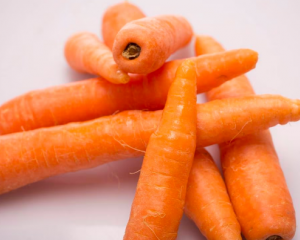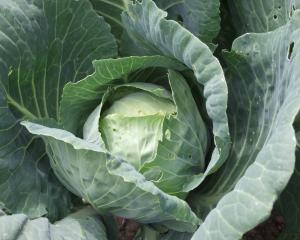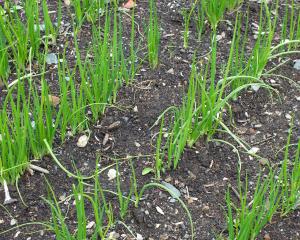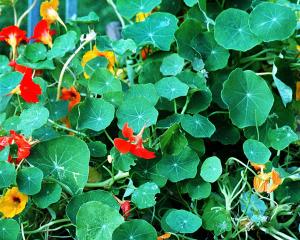
Vegetables
There is a good case for mixing vegetables with flowers to get the best production from gardens, especially those that lose the sun early. By now, planting of winter greens broccoli, cauliflower, silverbeet and celery should be complete. Celery needs regular and plentiful watering at this stage to stop it running to seed.
Adding liquid manure helps promote lush growth because animal manure has high levels of nitrogen.
In cool areas, turnips and fast-maturing varieties of carrot (usually called early on seed packets) can still be sown in rich soil kept well watered. Chives can be substituted for spring onions and make a useful border in a vegetable or flower plot. Cut foliage regularly to encourage new growth. Another member of the onion family, the Egyptian or tree onion, a cross between Allium cepa, the cultivated onion, and A. fistulosum, the Welsh onion, is also used like spring onions. Tree onions have bunches of little bulbs where other onions have flowers. They are very hardy, not fussy about soil and are propagated by pressing the bulblets into the ground. Although ranunculus and anemone are usually grown by buying claws and corms, they can be raised from seed. Seed sown now will give reasonably-sized plants before winter arrives.
 Polyanthus seed sown now will produce strong plants next spring. Photo: Supplied
Flowers
Polyanthus seed sown now will produce strong plants next spring. Photo: Supplied
Flowers

Anemones usually take seven months or more to flower from seed sowing. Choose a sunny, sheltered position with rich soil. Sow the woolly seed in shallow drills or broadcast them. To separate the seeds, rub them through the hands with some fine river sand. Water thoroughly as seedlings appear. Thin to 10cm and transplant those removed to another bed or use to fill gaps. Polyanthus seed sown now will produce strong plants next spring. Sow thinly in a large container with good drainage. Cover with a light dressing of fine soil. Half-immerse the pot in water until moisture has soaked up to the surface, then cover with glass or plastic to prevent evaporation. Place in a cool, shady place and keep moist. When the seedlings have five or six leaves, transplant them into other containers until they are large enough to transplant to open ground. Do the same with primulas and auriculas. Auriculas can be lifted now, broken up and replanted in soil enriched with compost and bonemeal. Plant firmly and deeply, covering the fleshy rhizomes and spreading out the roots.
 Fruit
Fruit

Strawberry runners can be planted as soon as they form roots. Cut them off close to the new plant, water well and plant with the crown level with the soil.
The ground for strawberries needs to be well manured. Soil where potatoes have been grown is suitable. Do not compost clippings of strawberries.
Snip off any tomato leaves that are yellow or brown and nip out any young shoots growing at leaf junctions, as these lateral shoots shade the fruit and take energy from it. Give plants less water as the crop ripens.









